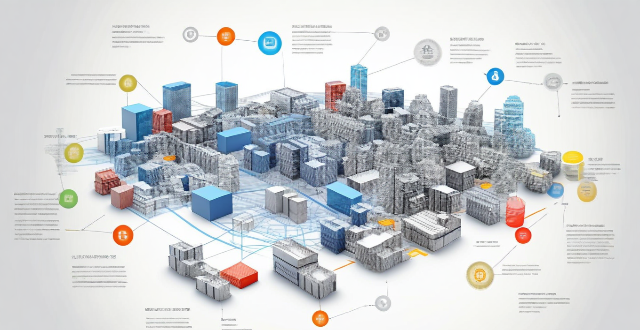Scientists are crucial in climate risk assessments, analyzing data, developing models, and providing recommendations for mitigating risks. They collect data from multiple sources and use statistical methods to identify trends, create computer models to predict impacts, develop strategies to mitigate risks, and communicate their findings to build support for policies and actions.

The Role of Scientists in Climate Risk Assessments
Scientists play a crucial role in climate risk assessments. They use their expertise to analyze and interpret data, develop models, and provide recommendations for mitigating risks associated with climate change. In this article, we will explore the various ways that scientists contribute to climate risk assessments.
Data Collection and Analysis
One of the primary roles of scientists in climate risk assessments is to collect and analyze data. This involves gathering information from a variety of sources, including satellite imagery, weather stations, and other monitoring systems. Scientists then use statistical methods to identify trends and patterns in the data, which can help predict future climate conditions.
Key Points:
- Scientists collect data from multiple sources.
- They use statistical methods to analyze the data.
- The goal is to identify trends and patterns.
Modeling and Simulation
Another important aspect of climate risk assessments is modeling and simulation. Scientists create computer models that simulate the Earth's climate system under different scenarios. These models can help predict how changes in temperature, precipitation, and other factors may impact ecosystems, human populations, and infrastructure.
Key Points:
- Scientists create computer models of the Earth's climate system.
- These models simulate different scenarios and predict potential impacts.
- The results can inform decision-makers about potential risks.
Mitigation Strategies
Once scientists have identified potential risks associated with climate change, they work on developing strategies to mitigate those risks. This involves identifying actions that can be taken to reduce greenhouse gas emissions, protect vulnerable ecosystems, and adapt to changing conditions. Scientists also evaluate the effectiveness of these strategies and recommend improvements as needed.
Key Points:
- Scientists develop strategies to mitigate climate risks.
- They identify actions that can be taken to reduce emissions and protect ecosystems.
- They evaluate the effectiveness of these strategies and recommend improvements.
Communication and Education
Finally, scientists play an important role in communicating and educating others about climate risks. They share their findings with policymakers, stakeholders, and the public through reports, presentations, and other forms of outreach. By raising awareness about the potential impacts of climate change, scientists can help build support for policies and actions that address these risks.
Key Points:
- Scientists communicate their findings to various audiences.
- They raise awareness about potential climate risks.
- This helps build support for policies and actions that address these risks.